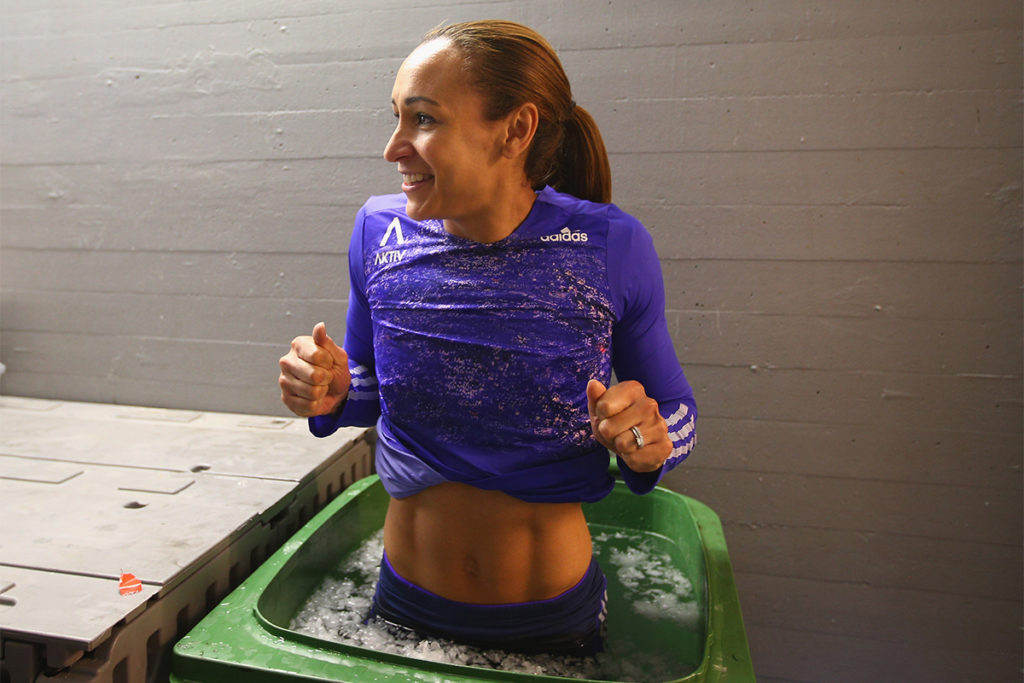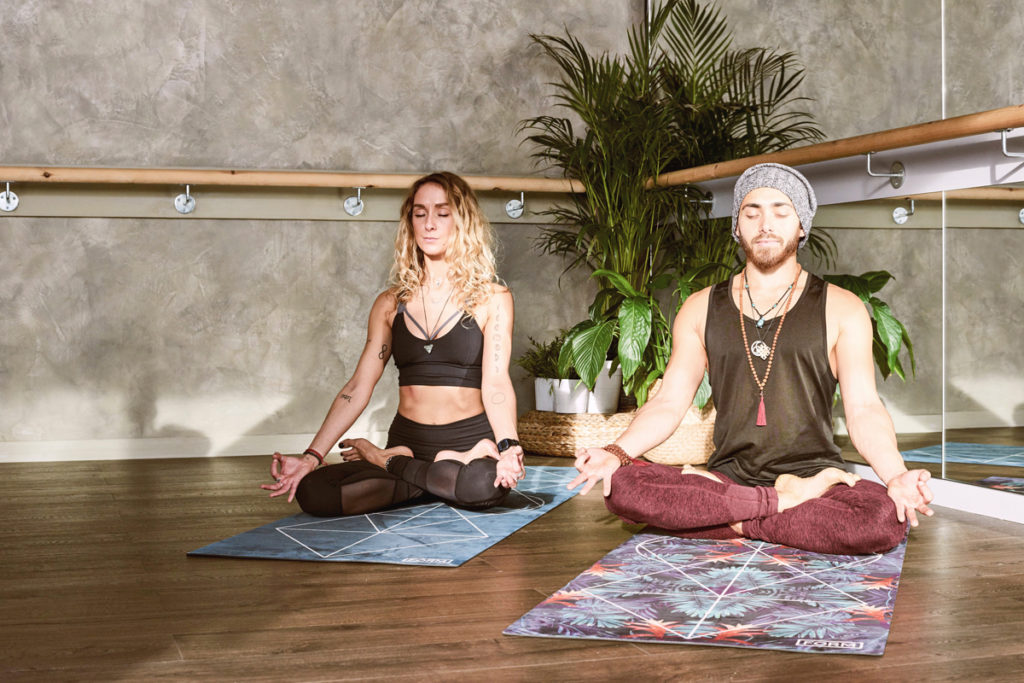Conscious Movement in Relationship to Gravity
Wendy LeBlanc-Arbuckle, founder of Core Connections® Pilates, talks in depth about her work.

Wendy LeBlanc-Arbuckle, director of the Pilates Center of Austin, is a pioneering voice for Pilates. From her start in yoga in the early 1970s, she plunged into Pilates during the 1990s, studying with first-generation Pilates elders and developing a reputation as a “teacher of teachers.” In this first installment of a two-part IDEA Pilates Today interview, she discusses her approach to learning and teaching; key issues confronting the Pilates industry; and her development of Core Connections® Pilates.
IPT: You have studied with Romana Kryzanowska, Mary Bowen, Kathleen Stanford Grant, Alan Herdman and many other teachers from other somatic fields. To what do you attribute your thirst for knowledge and understanding of the body?
Wendy LeBlanc-Arbuckle: I knew early on that the true juice in life comes not in knowing the answers, but in the discovery of questions that bring life to life. So, for 40 years I have sought out [opportunities to study] with visionaries who dared to look outside the accepted ways of thinking, beyond exercises and “fixing people,” inquiring into how we “grow ourselves” as human beings.
That’s what drew me to study with pioneers like Swami Rama, Michio Kushi, Bonnie Bainbridge Cohen, Judith Aston, Emilie Conrad, Jon Zahourek, Tom Myers and Hubert Godard, and to become a Structural Integration practitioner and a Pilates teacher. Ida Rolf called her Structural Integration work “spatial medicine,” which I see echoed as “whole-body health” in Joseph Pilates’s book Return to Life Through Contrology (Presentation Dynamics 1998). Gary Calderone’s recent book The Pilates Path to Health: Body, Mind and Spirit (Word Keepers 2011), to which I wrote the foreword, speaks directly to how Pilates can be transformational when we open to a space of inquiry rather than judgment.
IPT: You refer to “meeting your edge in movement.” Right now, what is your edge—personally and professionally—in regard to teaching movement?
LeBlanc-Arbuckle: Personally, I’m 64, and my body has changed quite a bit over the years. Becoming aware of how fascia supports muscle has helped me design programs that feed and challenge me very deeply and influence how I can respond to aging clients with surprising results.
Professionally, for 20 years I have had a mission to open a dialogue within our Pilates community, encouraging new perceptions of how we can “partner with gravity,” rather than “fight gravity.” In this regard, as I mentor teachers, I am committed to evoking an expanded awareness of our innate biointelligence. I am asking that we consider redefining “core” and that we infuse classical Pilates with a deeper understanding of “embodiment” and “tensegrity”—an architectural principle developed by Buckminster Fuller that characterizes the tensional-integrity of life forms. Joseph Pilates didn’t know the term, but he certainly taught from this perspective of “a stable yet dynamic system that interacts efficiently and resiliently with forces acting upon it” (James Oschman, Energy Medicine [Churchill Livingston 2000]).
IPT: For a Pilates instructor aspiring to achieve “intuitive mastery,” as you coin it, what is the way to begin?
LeBlanc-Arbuckle: First, seek out a respected, comprehensive teacher-training program. Go beyond just knowing exercises; study human movement. Begin to discover yourself, to know yourself. Be curious about who you are, what you stand for in life, what your strengths and weaknesses are.
Continually ask yourself: What and who inspire you? Whom can you study with who will challenge your edges and remind you that the real juice is in the inquiry, and not the illusory pursuit of the answer, or the right way. This is what will allow you to feel fresh every day—in your own practice, and with every client.
This way, you’re not always looking for the “next trick” or the latest fad. You become fascinated by who you are and how you move through life, inspiring clients to be fascinated with their life process too! Awareness and curiosity become a way of being in life.
IPT: What would you say are the top two industry issues currently facing Pilates teachers? Can you offer suggestions for possible solutions?
LeBlanc-Arbuckle: The first issue is further expanding Joseph Pilates’s vision to have our work become a highly regarded “profession.” I see the establishment of the Pilates Method Alliance (PMA) as essential in forwarding his vision. I encourage all Pilates teachers to join the PMA, to prepare for and take their third-party exam. By acquiring the professional credential of a PMA®-CPT (Certified Pilates Teacher), they will be joining a powerful voice in shaping the future of our profession. I would be honored to speak with teachers who have questions.
The second issue is whether teachers are staying current with the groundbreaking new discoveries in neuroscience. Through these breakthroughs in our understanding of the perineural nervous system, we are coming to see that “embryology” is the new living anatomical paradigm. Discovering this, by going deeper into my own body’s experience over the last decade, unearthed a profound opening that changed my Pilates practice and teaching forever, [giving me access to] deep, intrinsic, strengthening movement through a softer, connective-tissue focus, rather than a muscular focus, as we are so often taught in Pilates. This is something we will discuss further in a future installment.
IPT: What life experiences led you to develop the Core Connections® Pilates (3-Core) Perspective? What is your “elevator pitch” for your method?
LeBlanc-Arbuckle: I was a longtime yoga teacher when I began studying Pilates 20 years ago. I stopped practicing yoga for 4 years in order to really understand Pilates, and over time I began to feel very “held” in my center. I didn’t think it was wrong—it was just different from how I felt with yoga. This started me inquiring deeply into what core is from the body’s perspective, beyond a “concept” or “belief” of core. This led me to years of study around the vestibular system, our embryological development and perceptual awareness, and how they are the foundation for our natural human movements of sitting, standing, walking, running, etc.
I discovered that the inner ear is the first sense that develops in the womb, and that our “relationship with gravity and spatial orientation” is our true core—from foot to head. From there I looked for ways to speak about my experiences so that teachers and clients could [have] practical ways of exploring how their bodies worked—getting out of our “heads” and into our “body’s fascial tensegrity.” This is what led to my development of the 3-Core perspective of Lower Core (foot to pelvis), Central Core (pelvic floor to respiratory diaphragm) and Upper Core (diaphragm to cranial base/palate). We’ll discuss this more in the next installment.
My elevator pitch would be that “the body doesn’t care what we call what we are doing: Pilates, yoga, Alexander, Feldenkrais, personal training, walking, washing the dishes—all it wants is conscious movement in relationship with gravity.”
IPT: What is one simple but overlooked practice that Pilates instructors should be doing every day with every client?
LeBlanc-Arbuckle: Learning to coordinate sensory and motor experiences by finding vestibular support (relationship with gravity and spatial orientation) and relating that to our primal movements of sitting, standing and walking.
IPT: How has study of other somatic arts deepened, complemented and/or changed your Pilates practice?
LeBlanc-Arbuckle: I was originally classically trained in Pilates, which I deeply appreciate. The somatic arts have broadened my understanding of how my body works cellularly, inside and outside. From this discovery, I have a deeper appreciation of how Joseph Pilates taught from a vision of “aliveness.” You can find first-generation Pilates elder Mary Bowen’s fabulous DVD of Joseph Pilates teaching between 1932 and 1945 at www.pilates-marybowen.com.
IPT: Pilates has grown in popularity dramatically over the past decade. What is the best way to leverage this popularity while helping clients move more authentically?
LeBlanc-Arbuckle: Continuing to inquire, rather than becoming comfortable in your teaching/practice. Becoming aware of what you can let go of in your teaching and in your life—the three R’s: righteousness, roteness and rigidness. Become your most authentic self—then teach from that place and you’ll create a safe space for clients to find their authenticity, along with an ability to respond rather than react to life.
This is very different from always telling clients what to do, when to do it and how to do it. When we ask them to notice what is going on and how they can impact it, rather than always looking outside themselves for validity, they become their own inner teacher. Once they’re moving from this place of awareness, a quicker workout has more “effort with ease.” How do we make friends with our own body type and learn to nurture, have fun and grow in wisdom? Here is a good thought to ponder: “We shall not cease from exploration / And the end of all our exploring / will be to arrive where we started / and know the place for the first time.” — T.S. Eliot.
Look for more in-depth information about LeBlanc-Arbuckle’s philosophy in a future issue of IDEA Pilates Today.
Joy Keller
Joy Keller is the director of marketing communications & PR at IDEA, and has also served as executive editor of IDEA Fitness Journal, IDEA Fitness Manager, IDEA Pilates Today, and IDEA Fit Business Success. She is also a certified personal trainer, indoor cycling instructor and yoga teacher (RYT 200).





